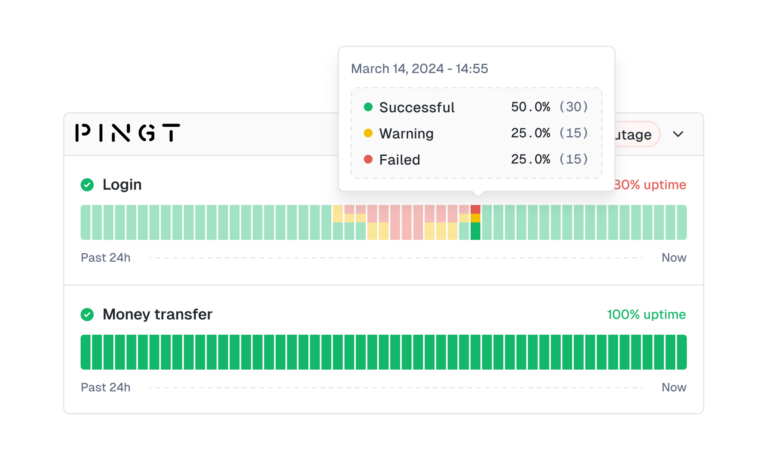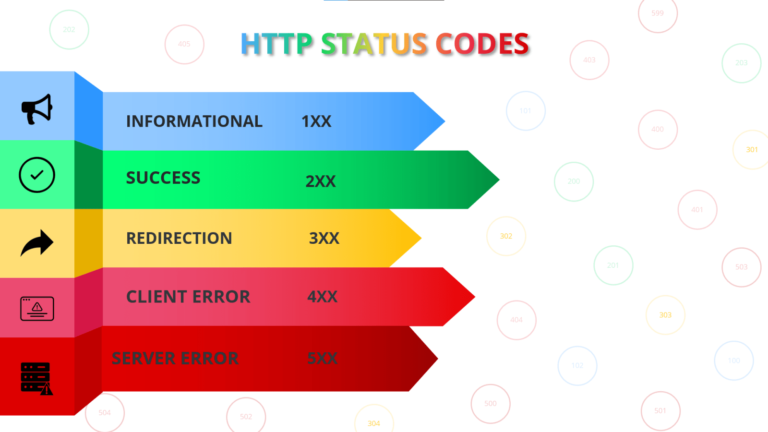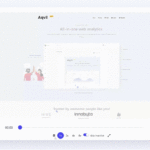Your website is your lifeblood. Your website is how you communicate with customers and promote your product or services. It’s important to be sure that your site is running smoothly all the time. Sites can go down for many reasons, including DDoS attacks and hardware failures. There are many ways to monitor your site for potential downtime and take preventative measures before it becomes critical. This blog will explain what uptime monitoring is and why it is important for your site.
What is uptime monitoring?
Monitoring your website’s uptime is the process of checking for any downtime, and taking preventive or corrective measures if necessary. This system runs in the background and checks if your website is functioning properly. Your website can go down and prevent you from engaging with customers. You also lose revenue. It’s vital to monitor your website to ensure that there aren’t any problems.
Passive and active monitoring are the most popular types of uptime monitors. Passive monitoring is a third-party tool that checks if your site can be reached from outside networks such as Google and Yahoo. Active monitors such as Pingt.io continuously ping your server every thirty seconds looking for signs that there is a problem.
How does uptime get calculated?
Your server’s uptime measures how long your website or server is online. It’s usually expressed in percentages, and it is often presented as 99.998% uptime. It basically means that your site is up 100% of all time. This would mean that it was available 24 hours a day, 365 days a calendar year.
It is essential for your success
If you want your website to run smoothly, you need to monitor its uptime. Customers will move on if a website is down for too long.
Uptime monitoring of your site is a great benefit
Uptime monitoring has many benefits. Uptime monitoring is the most obvious benefit. It will notify you when your site goes offline so that you can take all necessary steps to resolve it.
A third-party company can monitor your website for the downtime and provide the following:
* Global downtime monitoring through proprietary systems
* Notifications of outages sent by text, email, or other preferred channels, such as Slack
* Notification of any new outages automatically
* Identification of the cause and type of outage
* Historical reporting of outages
How to monitor the uptime of your website
You can monitor the uptime of your website in many different ways. A third-party website monitoring service is one of the most popular ways to monitor your website’s uptime. Sites such as Pingt.io offer services that enable you to set up alerts in case your website is down.
These sites will notify you via email, Slack, or your phone if your website goes down. A monitoring tool can be installed on your server to monitor for any downtime. This monitoring system sends out emails whenever it detects errors on your site, such as slow loading times, not loading at all, or error codes.
Jetpack, a plugin for WordPress that offers many features including speed tests, security plugins, and backups, is another option for monitoring uptime.







